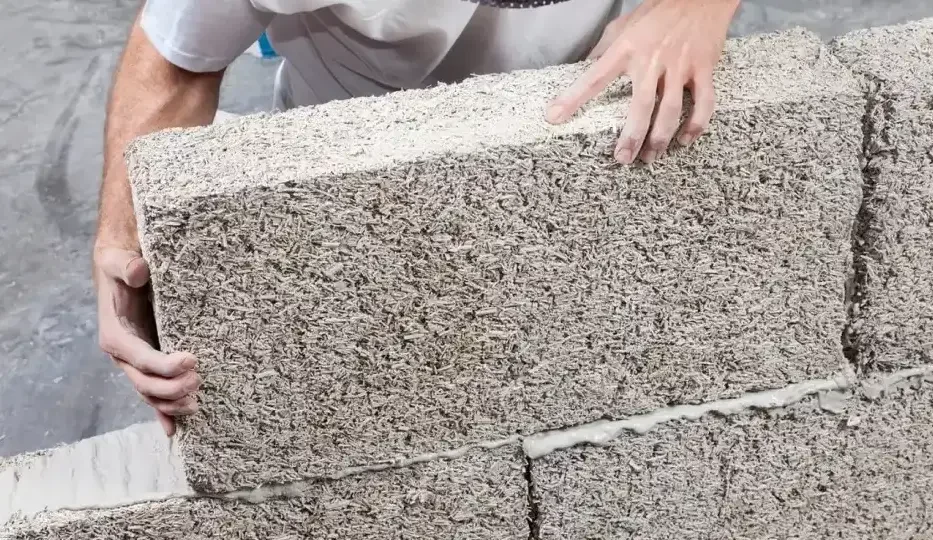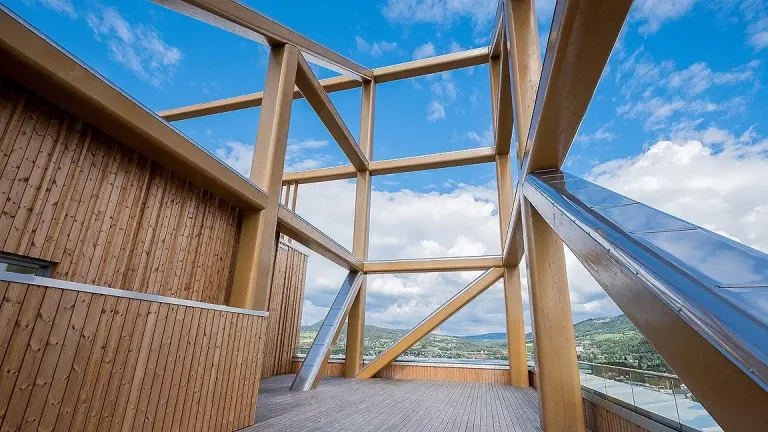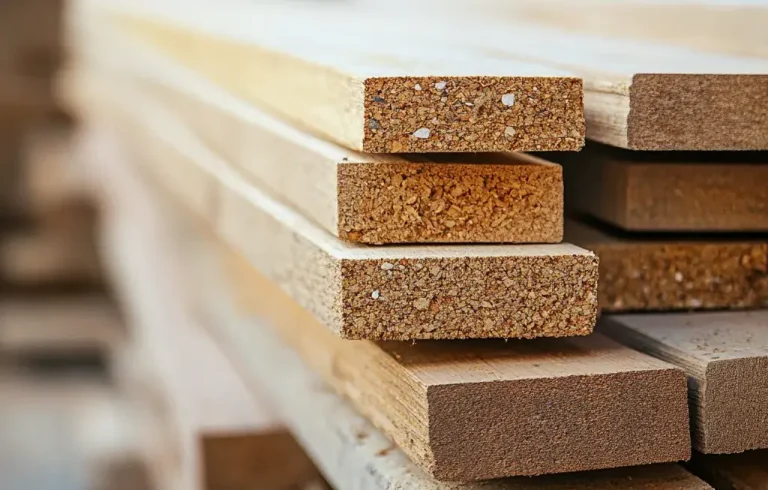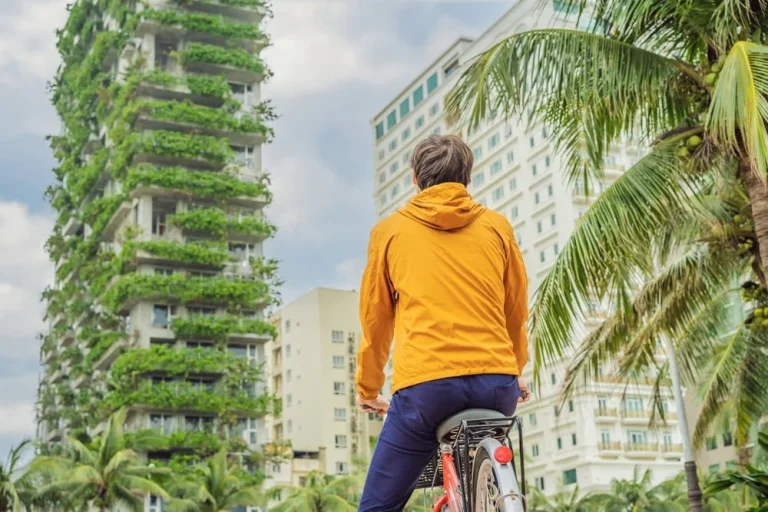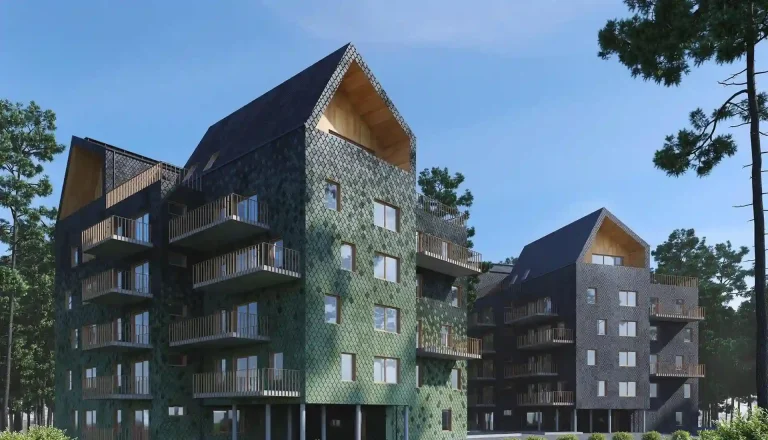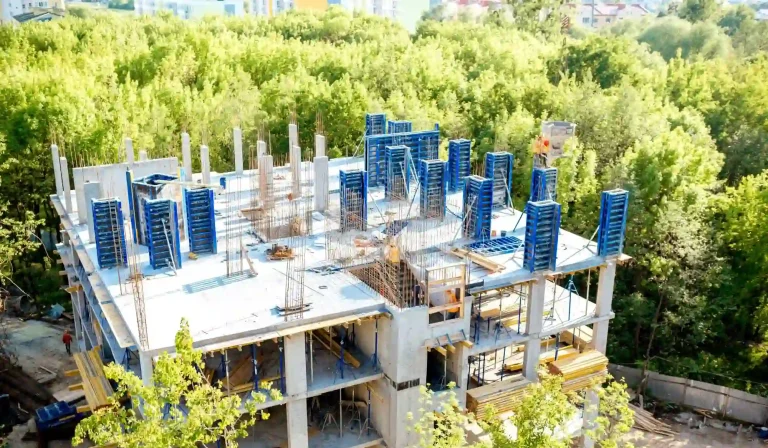Buy Eco‑Friendly Building Materials: Sustainable Construction Products Guide
Why Use Eco-Friendly Building Materials
Environmental and Health Benefits
Using eco‑friendly building materials helps reduce embodied carbon (the carbon emitted during extraction, processing, transport, and disposal of materials). Many such materials are renewable, recycled, or generate lower waste. They often emit fewer volatile organic compounds (VOCs), improving indoor air quality and occupant health.
Additionally, these materials may be more recyclable or biodegradable at end of life. Buildings built with sustainable materials contribute to the circular economy rather than lining landfills.
Performance & Long-Term Cost Savings
Beyond their green credentials, many eco‑friendly building materials offer excellent thermal insulation, moisture regulation, and durability. That means lower energy bills, reduced maintenance, and longer lifespan. Over time, the initial premium cost (if any) is often offset by operational savings and lower repair or replacement costs.
Because sustainable materials are increasingly in demand, supply chains are scaling, making them more accessible and cost‑competitive over time.
Key Eco‑Friendly Building Materials (and Why They Matter)
Hempcrete
Hempcrete is a biocom posite created by mixing hemp hurds the woody inner core of the hemp plant with lime or natural pozzolans. It is lightweight, breathable, and provides exceptional thermal and acoustic insulation. While it is not suitable for load‑bearing structural walls (its compressive strength is low), it works well as infill, insulation, or non‑structural partitions. Over its life cycle, hempcrete absorbs CO₂ (since hemp plants sequester carbon during growth).
Because of its breathability, hempcrete helps control humidity inside structures, reducing mold risk and improving comfort. It is also more fire resistant than wood and pest resistant. For areas where traditional bricks or concrete face moisture or mold issues, hempcrete can help regulate internal moisture and reduce the need for mechanical dehumidification.
A common challenge is sourcing and cost, as hempcrete is still niche in many regions, but as demand increases, availability is improving.
Cross‑Laminated Timber (CLT)
Cross‑laminated timber is an engineered wood product composed of layers of wood stacked and glued in alternating orientations.
It is strong, dimensionally stable, and offers structural capabilities comparable to steel or concrete in many mid‑rise buildings. Because timber stores carbon, using CLT can reduce a building’s net carbon emissions.
The prefabricated panels can speed up construction, reduce waste on site, and simplify installation. CLT is increasingly used for walls, floors, roofs, and even tall timber buildings. In earthquake zones, its flexibility and light weight are advantages. Integration with mechanical systems, fire protection treatments, and connections must be carefully engineered.
Rammed Earth
Rammed earth is one of the oldest sustainable construction techniques. It uses local soil, sometimes mixed with stabilizers (e.g. lime or cement modest amounts), compacted between formwork to form dense walls.
Rammed earth walls have high thermal mass, which helps regulate indoor temperature swings. They can last for centuries with minimal maintenance. Because soil is locally available, transportation carbon is low. The aesthetic of exposed earth is attractive to many designs.
In some regions, however, labor and expertise are limiting factors. Also, in wet climates, proper design is necessary to protect the walls from erosion and moisture ingress.
Eco‑Block (Recycled Material Brick)
Eco‑Block is a type of environmentally friendly brick made from recycled materials glass, construction waste aggregate, and photocatalysts for pollutant reduction.
These blocks are used in paving and as structural or non‑structural units. Their manufacturing uses waste streams and helps reduce landfill materials. Also, surface treatments can help break down air pollutants (nitrogen oxides) via catalytic reactions in sunlight.
The strength and durability of these blocks make them suitable for many hardscaping and building envelope uses, particularly in urban settings. One limitation is matching the visual or dimensional qualities of conventional bricks but in many projects, their performance and environmental benefits outweigh the differences.
Zeoform (Cellulose-Based Composite Material)
Zeoform is a newer material made from water and cellulose (for example, from agricultural biomass).
It is non‑toxic, biodegradable, and can be formed into rigid panels or shapes. Because it’s derived from renewable biomass, it replaces many synthetic or fossil‑based materials. Zeoform offers opportunities for interior finishes, cladding, or architectural elements where strength is moderate but sustainability and aesthetics are valued.
As an emerging material, wider structural use is still under development, but its potential suggests future adoption in sustainable building systems.
Real Product Examples & Details
Below are five real products or systems aligned with eco‑friendly building materials. For each, we include description, features, use cases, and where to get them.
1. IsoHemp Hempcrete Blocks
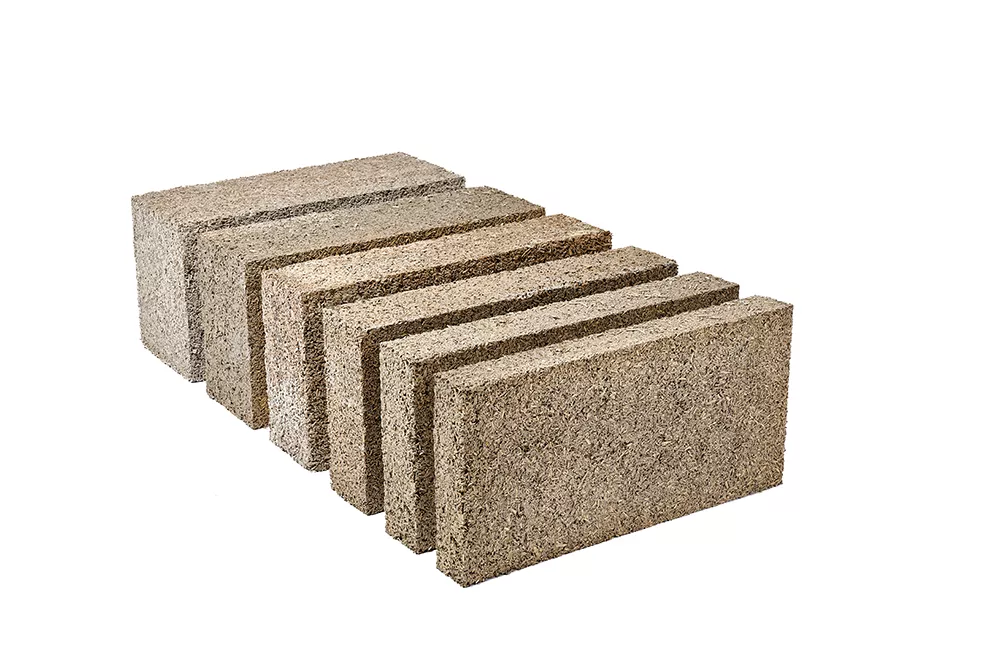
IsoHemp produces prefabricated hempcrete blocks that are easy to install, dimensionally consistent, and suitable for wall construction. The blocks come with embedded cavities for mechanical and plumbing runs.
These blocks deliver the insulating and carbon‑absorbing benefits of hempcrete while simplifying on‑site labor. They are used in sustainable homes across Europe. Because they are modular, construction time is reduced compared to casting in situ.
To purchase, you can contact IsoHemp’s regional distributor or order via their website.
2. KLH Cross-Laminated Timber Panels
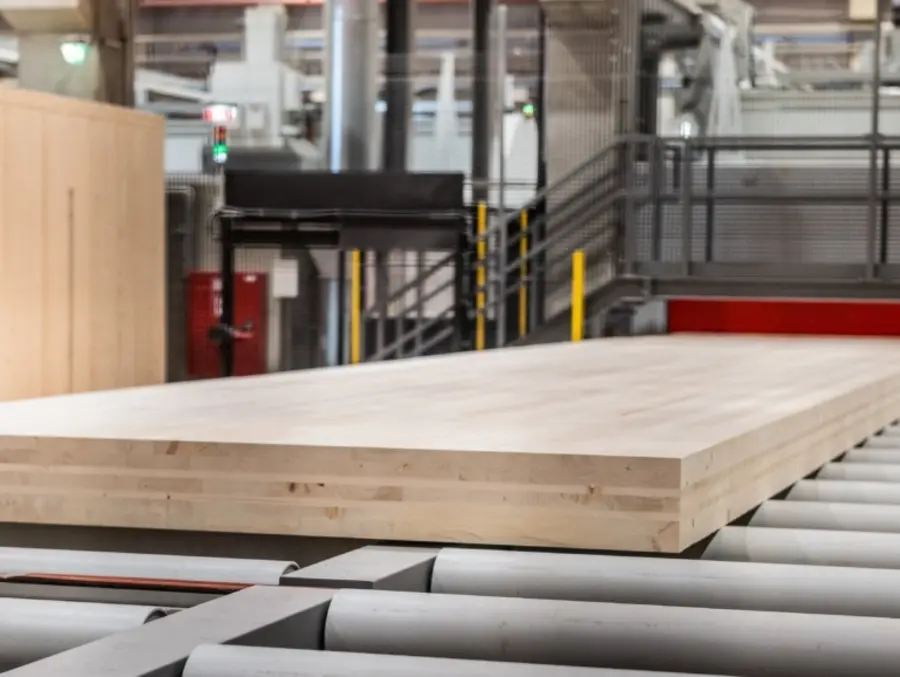
KLH (a European manufacturer) offers CLT panels in various thicknesses for walls, floors, and roofs. The panels are structural, certified, and engineered for precision.
They come pre‑cut with CNC for openings and service penetrations. Because they are prefabricated, on‑site waste is minimal and installation is efficient. Many architects use KLH panels for sustainable multi‑story timber buildings.
To buy KLH panels, reach out to their sales office or representatives in your country. They may deliver to your region, depending on transportation feasibility.
3. Xella Earthbloc Rammed Earth System
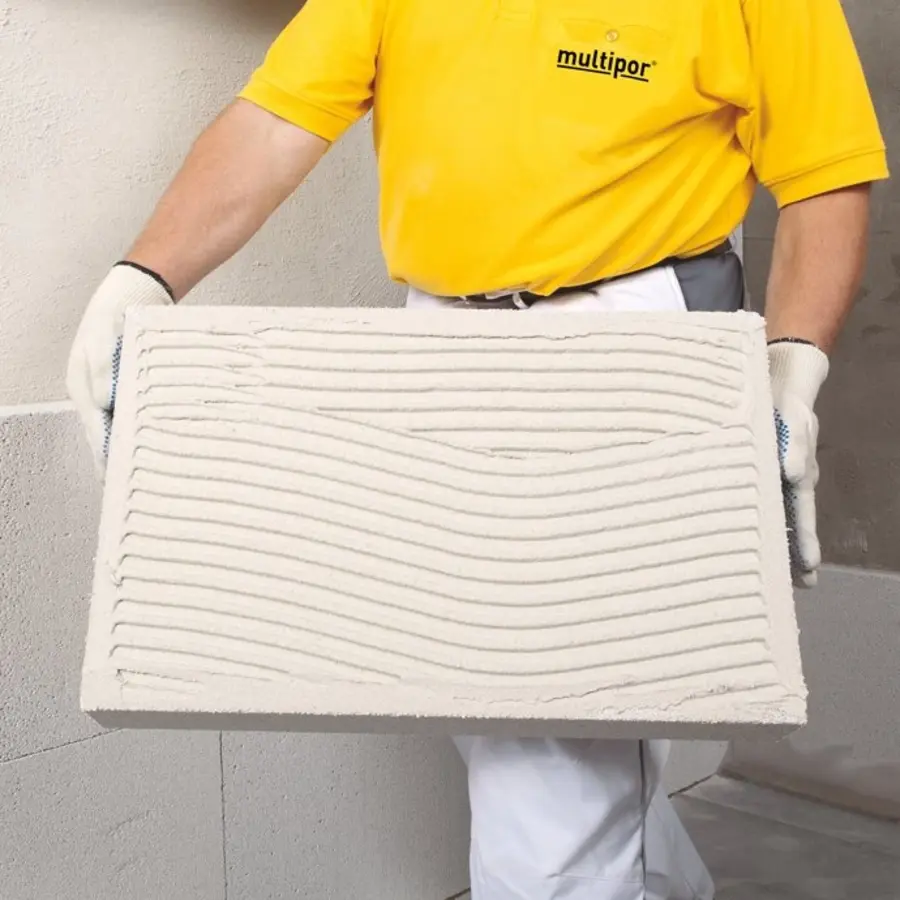
Xella offers a modular system for rammed earth construction using stabilized earth blocks and frameworks. The system includes formwork, block units, and guidance.
This system allows more predictable construction quality, especially where pure in situ rammed earth is risky. The thermal performance and aesthetic advantages come from real earth texture and heat capacity.
You can order Xella Earthbloc systems via their authorized dealers or on their website.
4. Mano Glass Brick
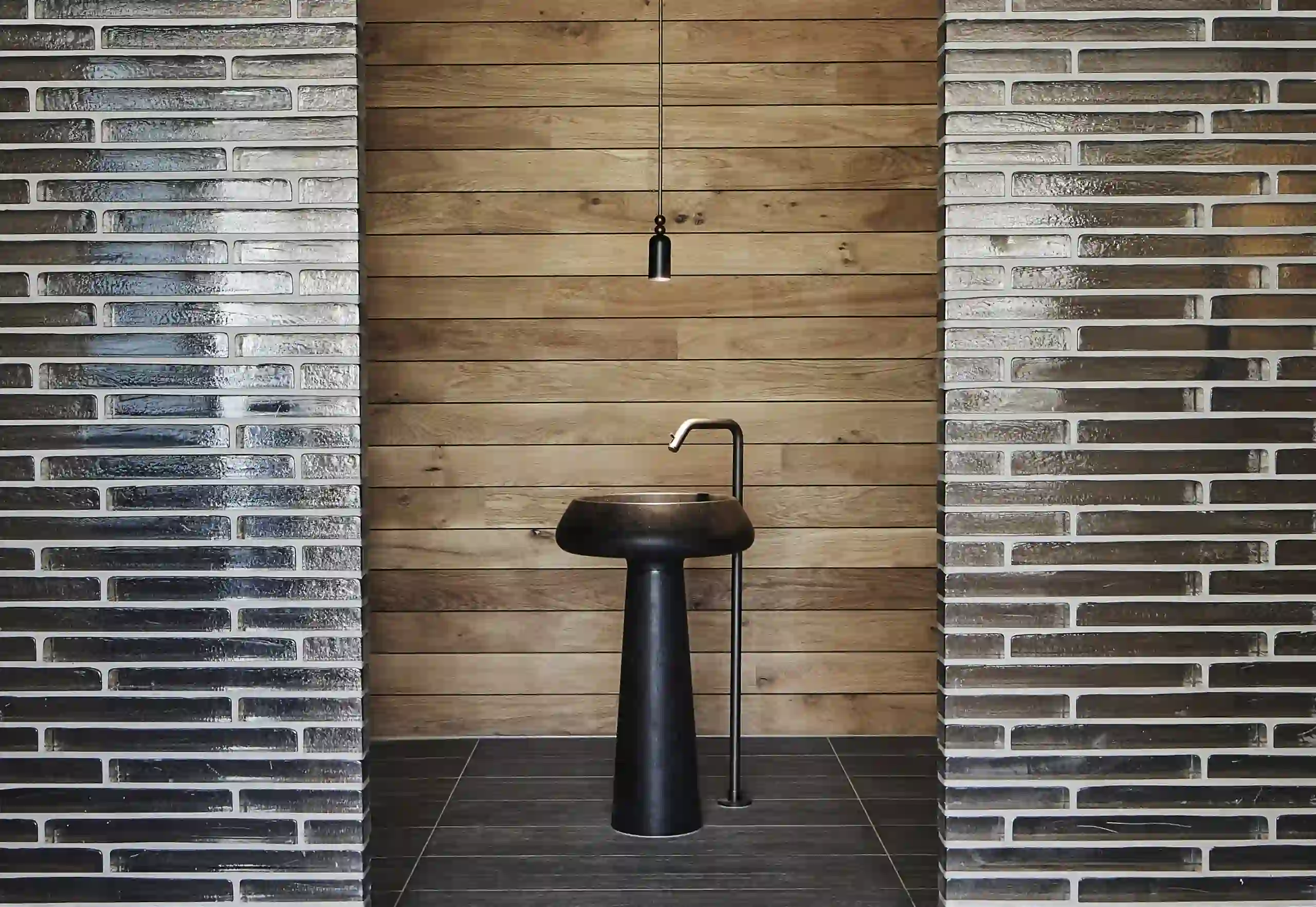
The Local Project produce eco‑blocks using recycled glass and waste aggregates. The block is dimensionally compatible with standard masonry systems and meets building code strength.
These blocks reduce raw material use, incorporate waste streams, and can help reduce urban heat island effect due to lighter color options. Use them in façades, paving, or partition walls.
To purchase, contact supply stores that carry their eco‑block line. Many masonry suppliers list them under “green blocks” or “recycled bricks.”
5. Zeoform Panels / Sheets
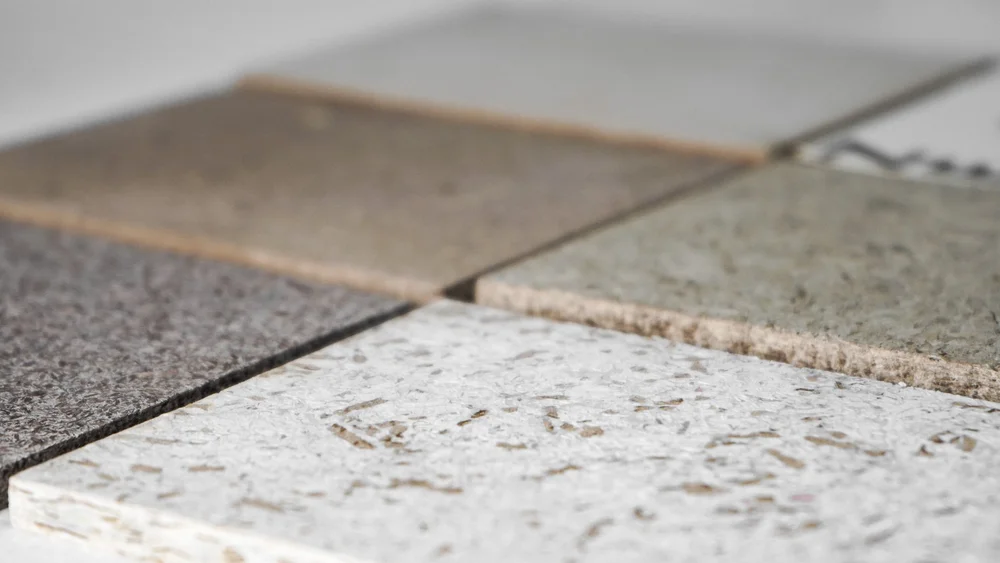
Zeoform offers rigid sheets or formed panels made from cellulose and water, usable for interior finishes, cladding, or decorative elements.
While not yet widely structural, these panels are ideal where sustainability, low toxicity, and aesthetics matter (e.g. feature walls, architectural elements). They can be cut, shaped, and joined much like wood or plastic composites.
To purchase, contact Zeoform’s distributor or manufacturer (via their website). Some specialty green building material suppliers may stock sample panels or small orders.
How These Products Solve Real Problems
Each eco‑friendly material addresses specific problems that conventional materials often struggle with:
-
Moisture control / mold risk: Hempcrete and rammed earth are breathable materials that help regulate humidity and reduce moisture accumulation, which is a common problem with non‑breathable materials.
-
Thermal regulation: CLT, hempcrete, earth walls, and eco‑blocks provide thermal mass or insulating properties, helping reduce heating/cooling loads.
-
Carbon emissions: Hempcrete sequesters CO₂, CLT stores carbon as wood, eco‑blocks use waste and recycled content—thus lowering lifecycle emissions.
-
Material waste and resource depletion: Recycled blocks, Zeoform, and earth systems use waste or low-impact resources instead of virgin stone, concrete, or synthetic plastics.
-
Durability and maintenance: Many of these materials resist pests, do not require frequent replacement, and have low long-term upkeep.
-
Local sourcing / reduced transport emissions: Earth, recycled blocks, and timber (if sourced locally) reduce transport carbon compared to distant heavy materials like steel or cement.
In regions where concrete cracking, insulation failures, or indoor air pollution are recurring problems, switching to the right eco material can improve performance and durability.
Benefits of Using Specific Eco Materials
Hempcrete Benefits
-
Carbon negative over its life
-
Excellent insulation (reduces heating/cooling costs)
-
Moisture and humidity regulation
-
Fire and pest resistance
CLT Benefits
-
Structural capacity with lighter weight
-
Prefabrication reduces waste and labor
-
Carbon storage in the wood
-
Good performance under seismic or dynamic loads
Rammed Earth Benefits
-
High thermal mass
-
Natural, minimal processing
-
Aesthetic of natural textures
-
Local material use
Eco‑Block Benefits
-
Use of recycled waste streams
-
Lower embodied carbon than traditional brick
-
Performance comparable to masonry
-
Photocatalytic pollutant reduction (in some versions)
Zeoform Benefits
-
Fully biodegradable and non-toxic
-
Renewable feedstock
-
Enables creative architectural forms
-
Alternative to synthetic plastic or composite panels
How to Buy Eco-Friendly Building Materials
How to Choose & Purchase
-
Specifications & Certification: Always check structural ratings, thermal conductivity, fire ratings, sustainability certifications (e.g. FSC for timber, local green building standards).
-
Local or regional suppliers: Eco materials shipped long distances may lose carbon advantage. Seek suppliers in your country or region.
-
Order samples: Before bulk ordering, get small panels, blocks or test pieces to evaluate finish, compatibility, and performance.
-
Understand installation requirements: Some eco materials require special handling, moisture protection, or trained installers.
-
Bulk or system purchase: Some manufacturers require minimum orders or system packages (e.g. CLT panels delivered by truck). Plan logistics early.
Use Case Scenarios & Why People Need Eco Materials
Residential Home in a Hot Humid Climate
In a tropical climate, high humidity, heat, and mold risk are primary challenges. Using hempcrete infill walls with breathable finishes can help maintain comfortable humidity and lower reliance on air conditioning. CLT for roof or floor systems reduces weight and can speed construction. Eco‑blocks for facades and landscaping reduce heat gain and use recycled content.
Mid-Rise Office Building
A developer building a 5‑storey office can use CLT structural panels for floors and walls, combining with rammed earth or eco‑block infill. This reduces steel/concrete usage, speeds up construction, and delivers a lower carbon footprint. The interior might integrate Zeoform panels for cladding or partitions.
School / Community Building
In rural or developing areas, sourcing earth locally to build rammed earth walls or using hempcrete blocks may cut costs and material transport. Local labor can be trained for these techniques. Eco‑blocks from recycled waste support circular economy in communities.
Retrofit / Renovation
A renovation project struggling with insulation or moisture issues can integrate internal layers of hempcrete or breathable earth plaster systems. Eco‑blocks can replace failing masonry while adding insulation and environmental benefit.
Conclusion
Eco‑friendly building materials are not just an idealistic vision they are practical, high‑performance solutions that solve many real construction, energy, and health problems. Whether you choose hempcrete, CLT, rammed earth, recycled blocks, or newer materials like Zeoform, the key is understanding how each material aligns with your project goals, climate, and budget.
To make your sustainable project a reality:
-
Evaluate performance, certification, and cost
-
Source locally when possible
-
Order samples and work with experienced installers
-
Combine multiple materials for optimal synergy
With thoughtful selection and installation, eco‑friendly-building materials can deliver structures that are beautiful, durable, low‑carbon, and healthy.
FAQ
Q1: Are eco‑friendly building materials more expensive than conventional materials?
It depends. Some eco materials carry a premium initially due to novelty or limited supply. However, over a building’s life, savings in energy, maintenance, and longevity often offset higher upfront costs. As demand grows, prices tend to decline.
Q2: Can these materials be used in all climates?
Yes—but design must be adapted. For example, in very wet climates, earth walls need strong moisture protection. In cold climates, insulation values must be sufficient. Each material has performance limits, so combining materials or adding protective layers is often necessary.
Q3: How do I find a supplier in my country?
Start by searching “green building materials supplier” or “sustainable building product distributor” in your country. Also check local sustainable architecture associations or LEED/BREEAM consultant networks they often have suppliers lists. Contact the manufacturers directly; they may refer you to regional agents.
